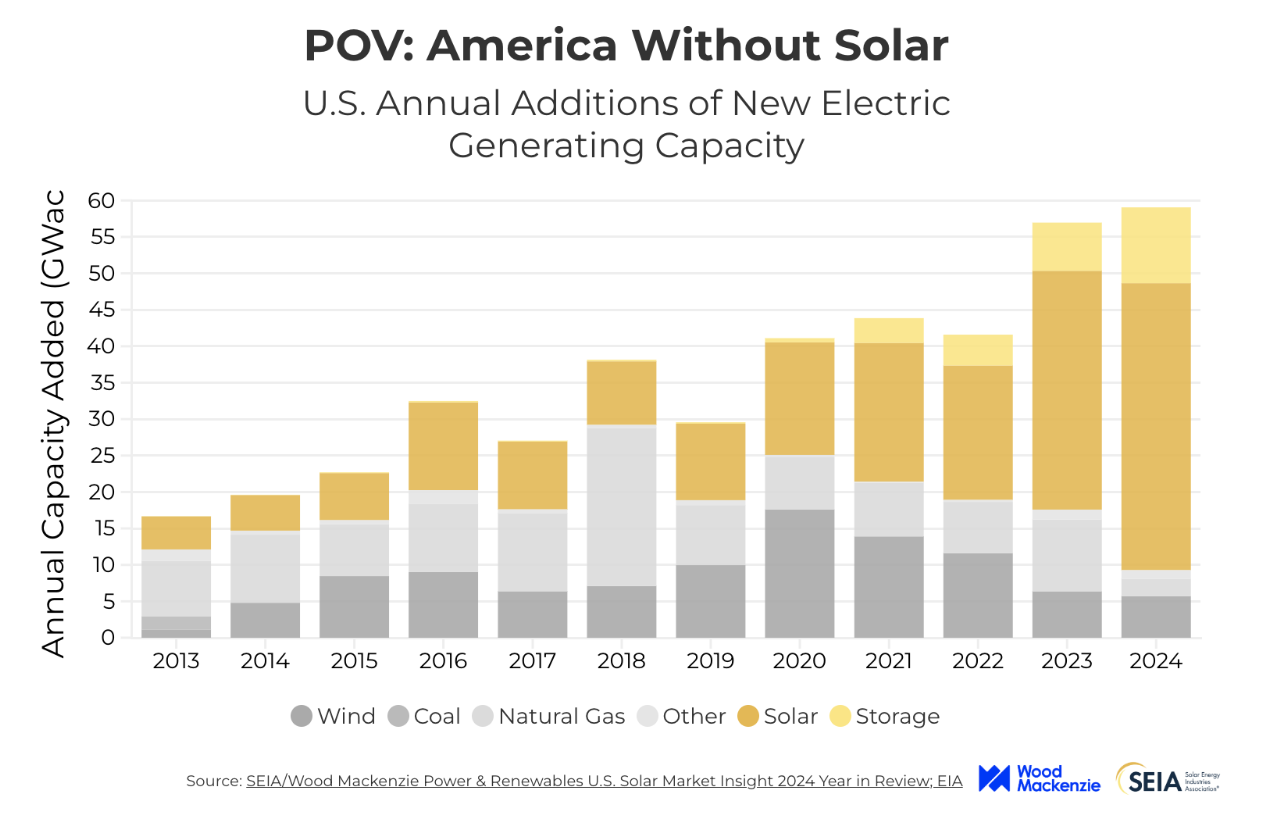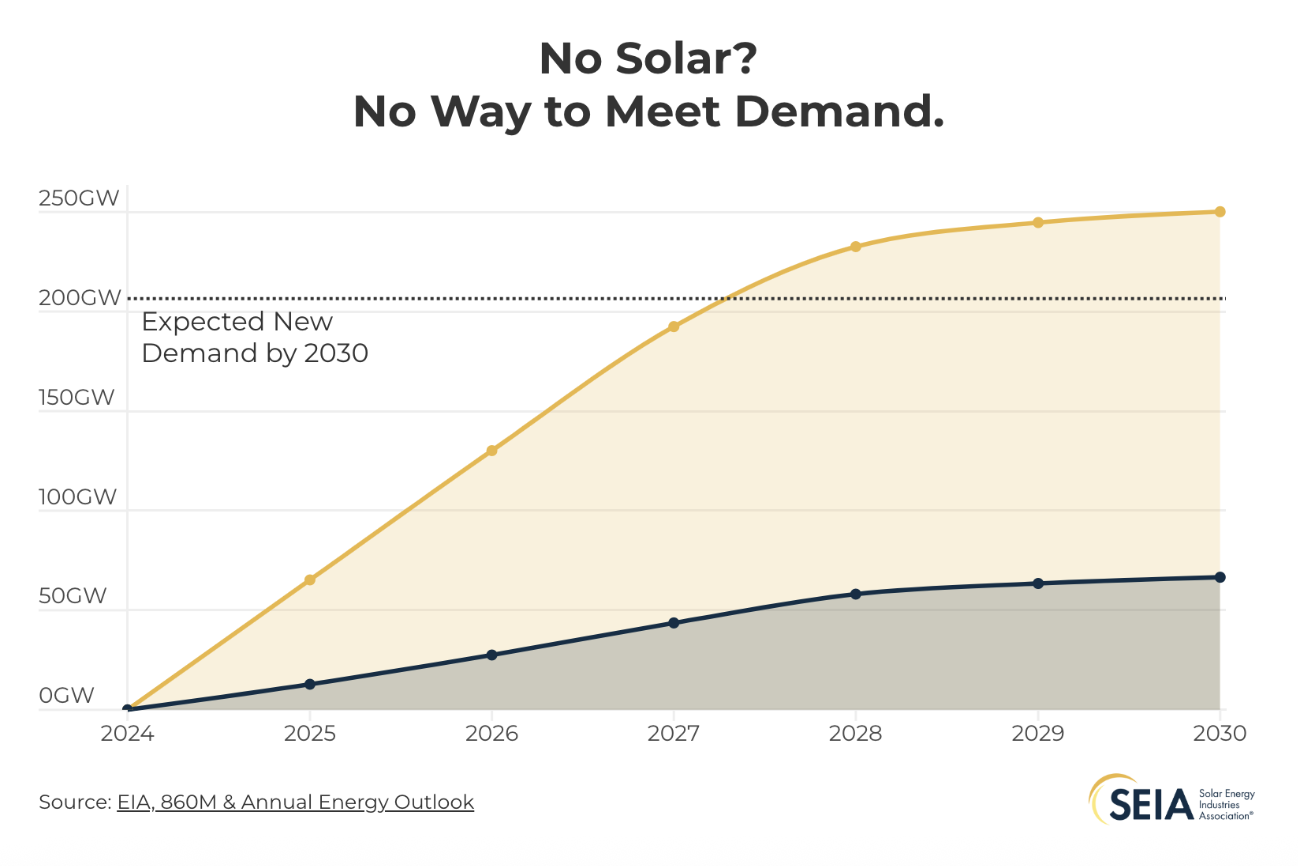Why clean energy is resilient, even in the face of policy rollbacks
June 2, 2025
The "One Big Beautiful Bill Act," which passed narrowly in the House and is currently under Senate review, represents a sweeping effort to reshape U.S. energy policy. At its core, the legislation proposes to roll back many of the clean energy incentives introduced by the 2022 Inflation Reduction Act (IRA), including tax credits for solar, wind, battery storage, home energy efficiency upgrades, heat pumps, and even new nuclear energy projects.
Understanding the Proposed Legislative Changes
These “technology-neutral” credits were originally designed to create a level playing field for all low-carbon technologies and drive long-term investment in America’s clean energy future.
The new proposal reorients federal support back toward fossil fuel production. According to energy analytics firm Wood Mackenzie, the bill would have “far-reaching implications across the clean energy sector,” raising household energy costs by up to 7%, halting nearly 300 clean energy factories (many in traditionally conservative districts), and jeopardizing approximately 292,000 U.S. jobs. It also threatens to erase $220 billion in committed local investment and trigger a $51 billion increase in national electricity costs by 2035.
The Resilience of the Clean Energy Sector
This bill comes despite overwhelming evidence that the clean energy transition is already well underway, and accelerating, globally. Clean energy is proving to be the most affordable, scalable, and economically beneficial path forward. Attempts to derail this momentum through policy rollbacks are unlikely to succeed, because the market, technology, and public demand are moving in a different direction.

Economic Competitiveness:
Renewables are now the cheapest source of new power generation in much of the world, including across most U.S. markets. Utility-scale solar and wind offer power at less than half the cost of coal and natural gas. Solar, in particular, continues to drive down electricity prices, not only for individual consumers, but also for large-scale industrial and data infrastructure.
This is why major tech firms and manufacturers have sounded the alarm. The Clean Energy Buyers Association (CEBA), which represents companies like Amazon, Microsoft, Meta, and Google, has warned that repealing clean energy tax credits could significantly raise the cost of electricity and undermine U.S. competitiveness in the energy-intensive race for AI and data center growth.
Technological Advancements:
Energy storage deployment in the U.S. hit record highs in 2024, with over 10 gigawatts of battery capacity added. These batteries are increasingly paired with solar to provide firm, dispatchable power, crucial in times of natural disasters and grid instability. Grid modernization and smarter load balancing tools enable renewables to operate more seamlessly within national and regional power systems.
Market Momentum:
Today, renewable energy jobs account for over 40% of the nation’s 8.35 million energy workers, and the Inflation Reduction Act created a wave of new manufacturing. According to the Solar Energy Industries Association (SEIA), over 287 clean energy factories have already been announced or opened since the IRA passed, the majority of them in Republican-leaning states. Rolling back tax credits could shutter or cancel many of these projects, threatening nearly 300,000 jobs and over $220 billion in local investment.
Broad-Based Support:
The global renewable energy market is forecast to reach 6.38 terawatts of installed capacity by 2030, nearly doubling capacity in 2025. In the U.S., solar and storage are adding energy to the grid faster than all other sources combined. In many regions, especially in the South and Midwest, clean energy is not just cleaner, it’s more profitable.
While this bill may slow some projects or introduce near-term uncertainty, it cannot reverse the direction of a market already in motion. Even within the GOP, dissent is growing: Four Republican senators and 21 House Republicans have already publicly opposed a full-scale repeal of energy credits, warning that it would harm businesses that made long-term investments based on current law.
In power generation, the cleanest option is increasingly the cheapest, fastest to build, and most likely to deliver returns. The industry is no longer dependent on temporary government subsidies, it is now supported by market fundamentals, global demand, and private-sector investment.

Our Role in Facilitating the Energy Transition
At Innovo, we recognize the evolving energy landscape and the importance of adaptability. Our platform is designed to streamline transactions, enhance transparency, and reduce costs in energy markets. By providing efficient tools and resources, we empower stakeholders to navigate policy changes and continue driving the clean energy transition forward.
Despite potential policy setbacks, the clean energy future is clear: the economics, technology, and demand are already too far ahead.